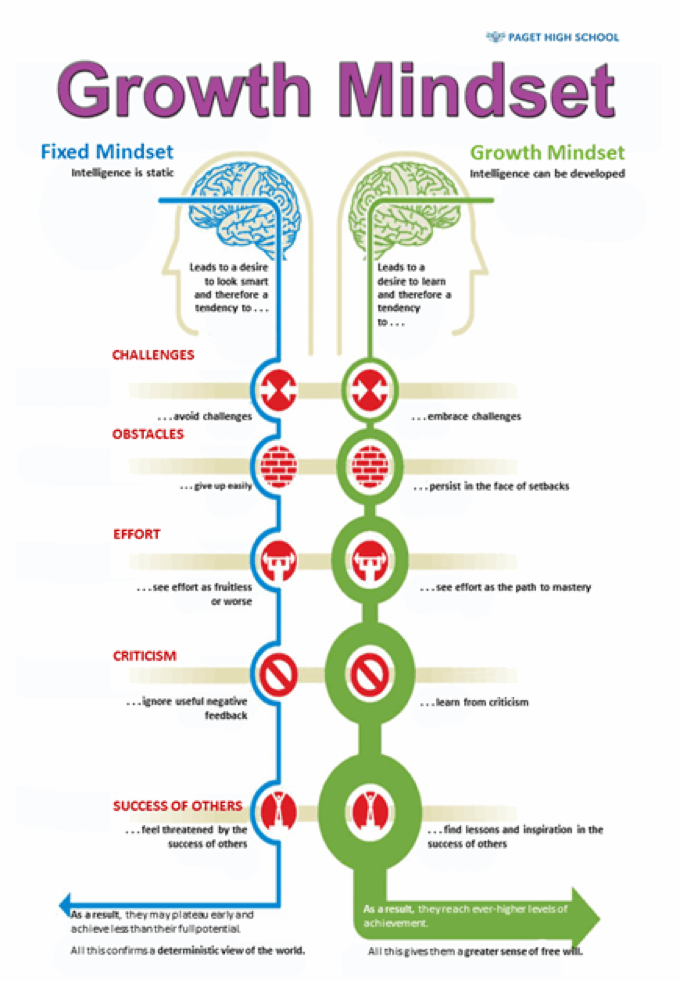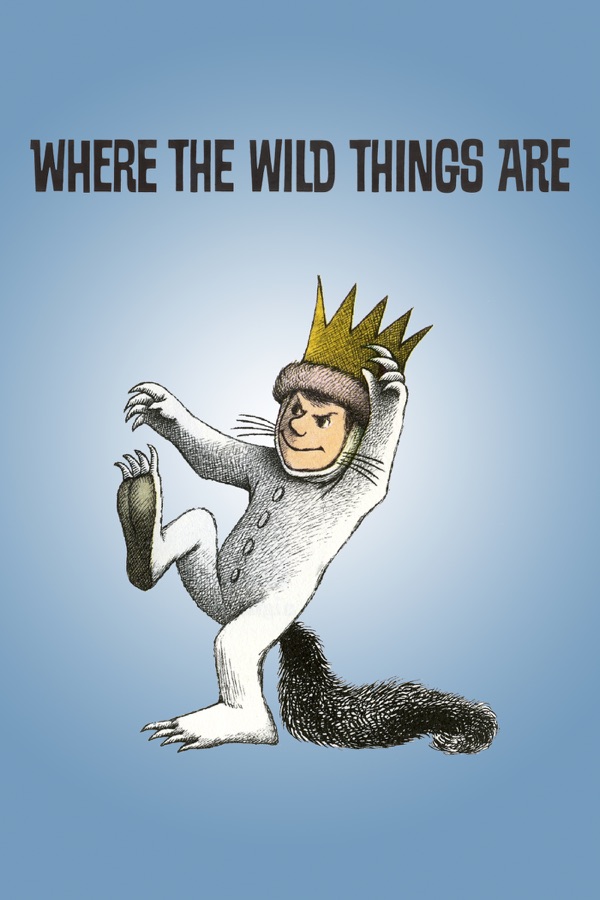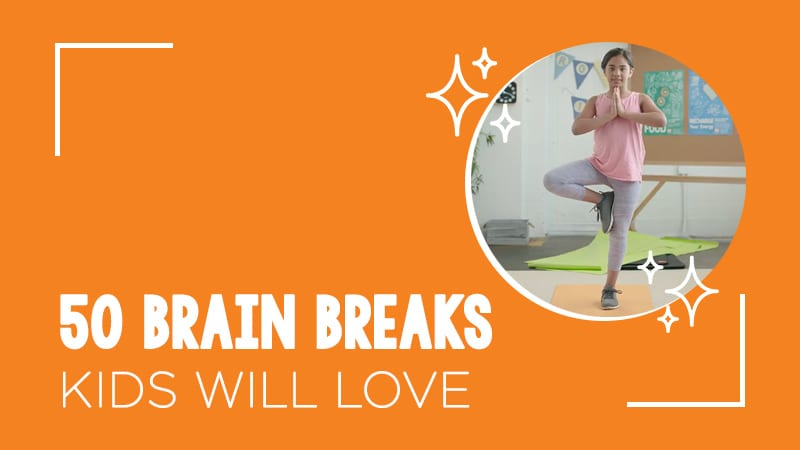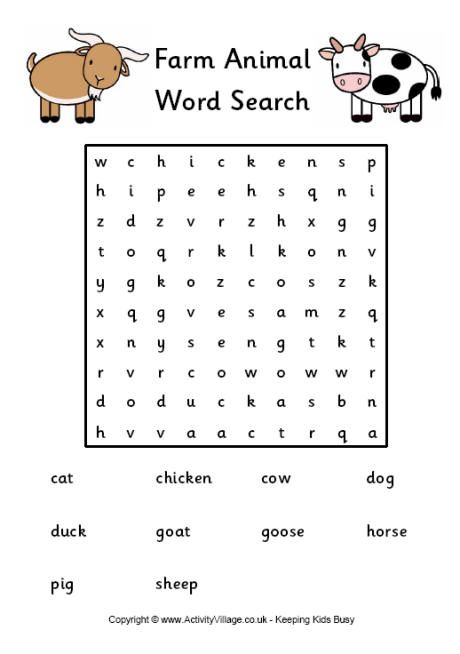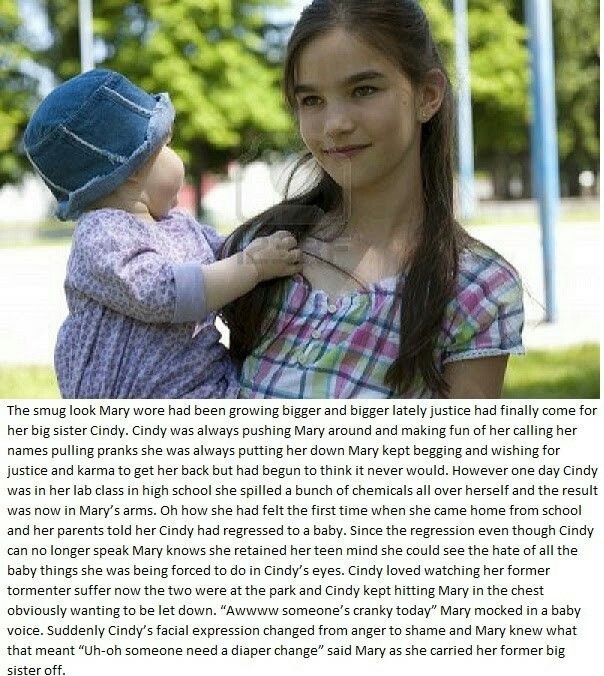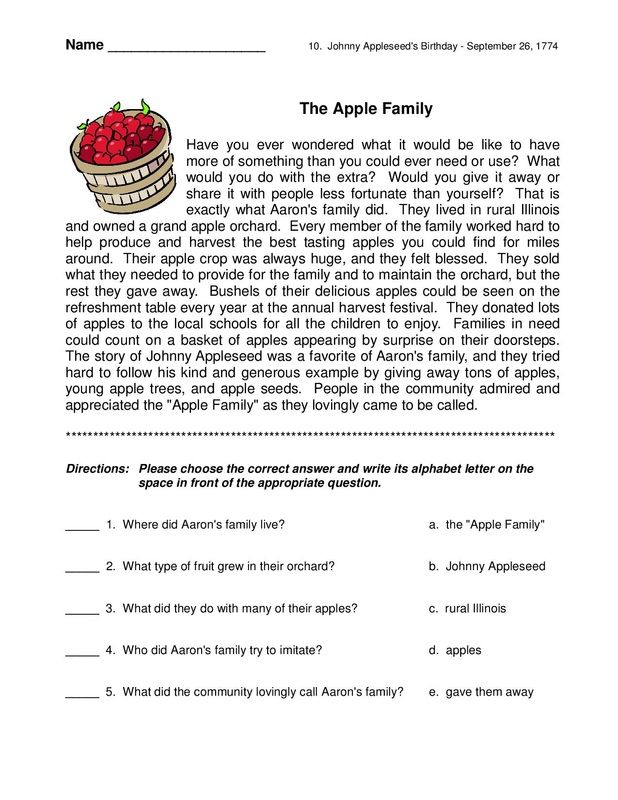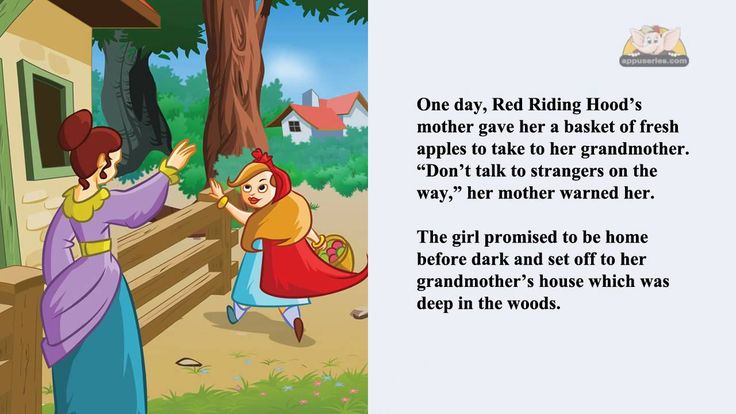Activities for learning to read
Teaching Children to Read: 7 Creative Ideas for Your Classroom
There’s no one best way to teach young students how to read. Learning to read is a developmental process that takes time. Every child learns differently, so it’s important to incorporate different teaching strategies to hold their attention and keep them interested in learning.
Teaching students to read doesn’t always have to be about formal lessons or worksheets. In fact, sometimes the best lessons are learned when children don’t even realize they are learning. Here are some practical ideas you can incorporate into the classroom to help your students become independent readers.
1. Display letters and words around the classroom
Children are naturally curious. Displaying different words and letters around the classroom encourages students to ask questions about the words and learn without even realizing they’re learning. Try labeling objects around the room like windows, doors, chairs, and whiteboards, or pinning words like ‘black’, ‘red’ and ‘blue’ to the wall, with the font being in that color.
Children will learn to associate the words with the objects they see.
2. Create word families
Word families are words that rhyme. Teaching students about word families helps them see patterns in text and encourages them to begin reading by grouping sets of letters within a word. Once they recognize the word ‘hop’, they’ll be able to find patterns in rhyming words like ‘top’, ‘pop’ and ‘stop’. A fun way to incorporate this activity into the classroom is by playing a game using a corkboard. Write a list of words on the left-hand side, and the second list of words that rhyme with them on the right-hand side (you could even try using a theme for the words, e.g. Christmas-related words in December). Place pins beside each word and have students link a piece of string from the pin of a word on the left, to the rhyming word on the right-hand side. Not only is this a fun activity to help students learn about word families, it also helps develop their fine motor skills.
3. Play decoding games
Decoding is the process of sounding words out.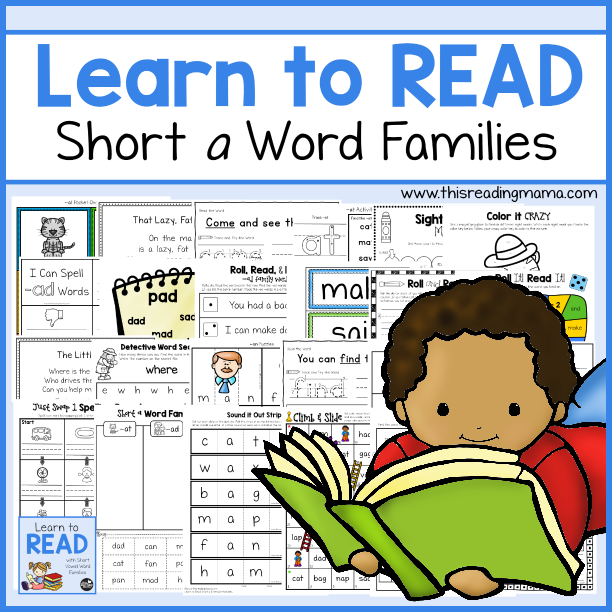 Once a child has learned the sounds that each letter, or group of letters, make, they’ll be able to begin putting words together. Learning to decode is an important step in learning to read, as the more students decode words, the more quickly they’ll be able to automatically identify words. To make the process of decoding a little bit more fun for students, consider incorporating games into the process. This can be as simple as buying little finger puppets for the students and having them wear them while pointing to the letters as they sound them out.
Once a child has learned the sounds that each letter, or group of letters, make, they’ll be able to begin putting words together. Learning to decode is an important step in learning to read, as the more students decode words, the more quickly they’ll be able to automatically identify words. To make the process of decoding a little bit more fun for students, consider incorporating games into the process. This can be as simple as buying little finger puppets for the students and having them wear them while pointing to the letters as they sound them out.
4. Teach phonemic awareness
Phonemes are the smallest sounds in the English language, made of consonants, short vowels, long vowels, and digraphs like ‘th’, ‘sh’ and ‘ch’. Children must learn how different letters make different sounds. For example, the ‘a’ in ‘table’ is a long vowel, as opposed to the short vowel ‘a’ in ‘sack’. Phonemic awareness means learning those sounds and how to manipulate them within a word and is an important step towards helping children to spell and decode.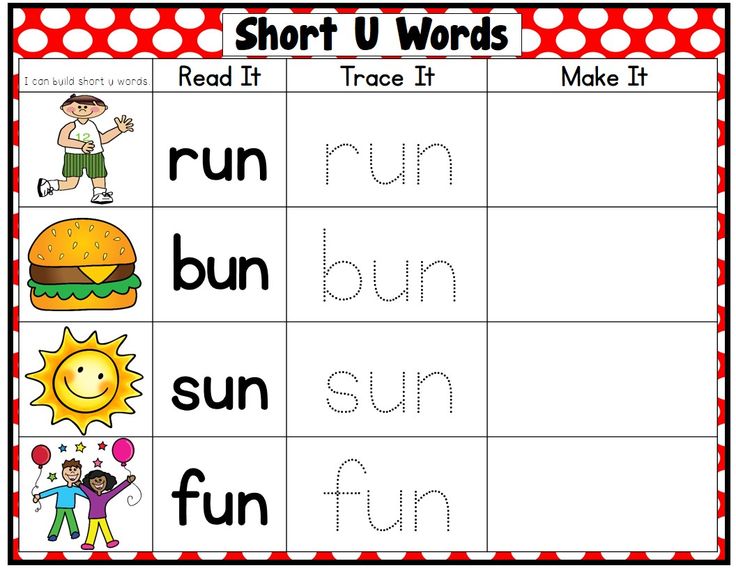 One thing you could do to help bring awareness to phonemes and how to separate the sounds of words from their meanings is to call up children one-by-one using their first names without the initial sound (e.g., [S]arah). The children have to figure out who’s name has been called and what sound is missing.
One thing you could do to help bring awareness to phonemes and how to separate the sounds of words from their meanings is to call up children one-by-one using their first names without the initial sound (e.g., [S]arah). The children have to figure out who’s name has been called and what sound is missing.
5. Play ‘fish’ with sight words
There are some words that are difficult to decode phonetically because they don’t follow the rules of phonics. These are known as ‘sight words’ and are most common in the English language. These words need to be memorized rather than sounded out, and there are a number of fun memory games that you can use in the classroom to help kids do this. ‘Sight words fishing’ involves using magnetic fish cut-outs with words on the back of them. Students fish using a magnetic rod and read the sight word out aloud from the back of the fish they’ve picked up. The repetition of the game helps the students master the words and is a lot more fun than reading words from a printout.
6. Word search bingo
Reading to children helps them develop their language and listening skills and prepares them to understand written words. However, some children lose focus when sitting still and listening, so it’s important to find ways to keep them engaged. One way to do this is to create a bingo game. Hand out sheets of paper to the students with a list of words from the chapter of the book you’re reading to them. As you read the book, the students will circle the words from the sheet they hear. At the end of the chapter, have the class discuss what words they found.
7. Help children love to read by making it fun
As teachers, the ultimate goal is to foster lifelong reading skills in students and create children who love to read. Memorizing words is only a starting point. Every child learns to read differently, but ultimately, keeping them engaged in learning is the best strategy. Getting children excited about learning to read through games and interaction is something that every primary school teacher can incorporate into the classroom.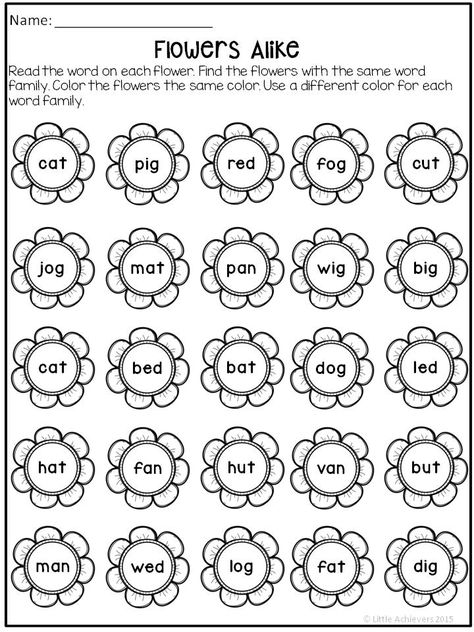
If you’re looking for more ideas, LiteracyPlanet offers a comprehensive and engaging program that is designed to bring out the best in every student. For more information about using LiteracyPlanet in schools, head here.
25 Activities for Reading and Writing Fun
These activities have been developed by national reading experts for you to use with children, ages birth to Grade 6. The activities are meant to be used in addition to reading with children every day.
In using these activities, your main goal will be to develop great enthusiasm in the reader for reading and writing. You are the child's cheerleader. It is less important for the reader to get every word exactly right. It is more important for the child to learn to love reading itself. If the reader finishes one book and asks for another, you know you are succeeding! If your reader writes even once a week and comes back for more, you know you have accomplished your beginning goals.
Activities for birth to preschool: the early years
Activity 1: Books and babies
Babies love to listen to the human voice.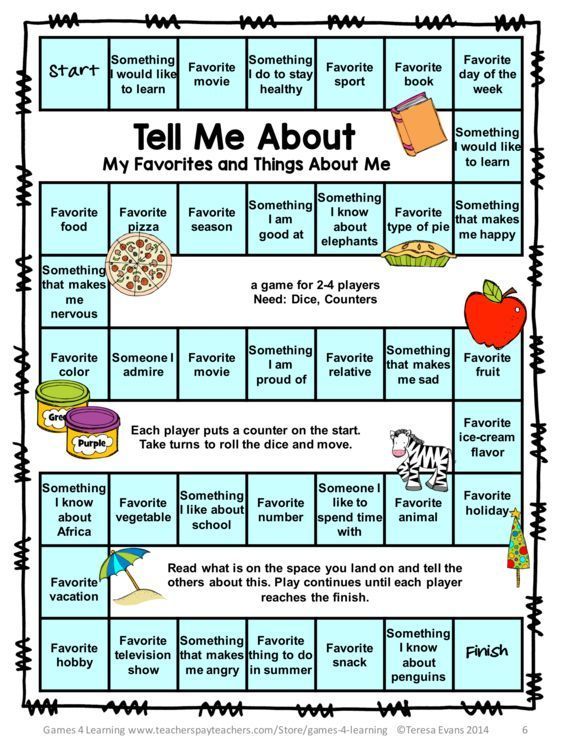 What better way than through reading!
What better way than through reading!
What you'll need:
Some books written especially for babies (books made of cardboard or cloth with flaps to lift and holes to peek through).
What to do:
- Start out by singing lullabies and folk songs to your baby. When your baby is about six months old, choose books with brightly colored, simple pictures and lots of rhythm in the text. (Mother Goose rhymes are perfect.) Hold your baby in your lap so he/she can see the colorful pages of the book. Include books that show pictures and names of familiar objects.
- As you read with your baby, point out objects in the pictures and make sure your baby sees all the things that are fun to do with books. (Pat the Bunny by Dorothy Kunhardt is a classic touch-and-feel book for babies.)
- Vary the tone of your voice with different characters in the stories, sing nursery rhymes, make funny faces, do whatever special effects you can to stimulate your baby's interest.
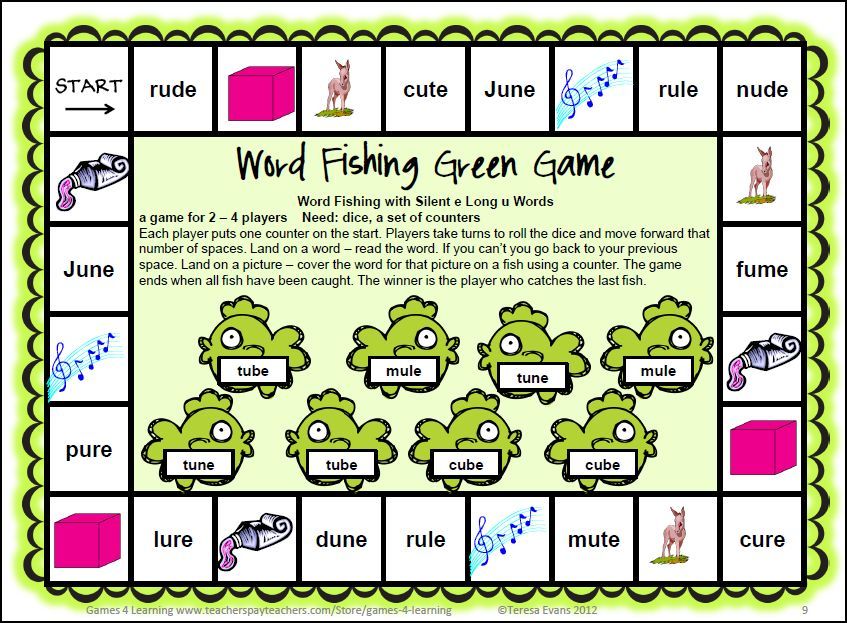
- Allow your child to touch and hold cloth and sturdy cardboard books.
- When reading to a baby, keep the sessions brief but read daily and often.
As you read to your baby, your child is forming an association between books and what is most loved – your voice and closeness. Allowing babies to handle books deepens their attachment even more.
Activity 2: Tot talk
What's "old hat" to you can be new and exciting to toddlers and preschoolers. When you talk about everyday experiences, you help children connect their world to language and enable them to go beyond that world to new ideas.
What you'll need:
Yourself and your child
What to do:
- As you get dinner ready, talk to your child about things that are happening. When your 2- or 3-year-old "helps" by taking out all the pots and pans, talk about them. "Which one is the biggest?" "Can you find a lid for that one?" "What color is this one?"
- When walking down the street and your toddler or preschooler stops to collect leaves, stop and ask questions that require more than a "yes" or "no" answer.
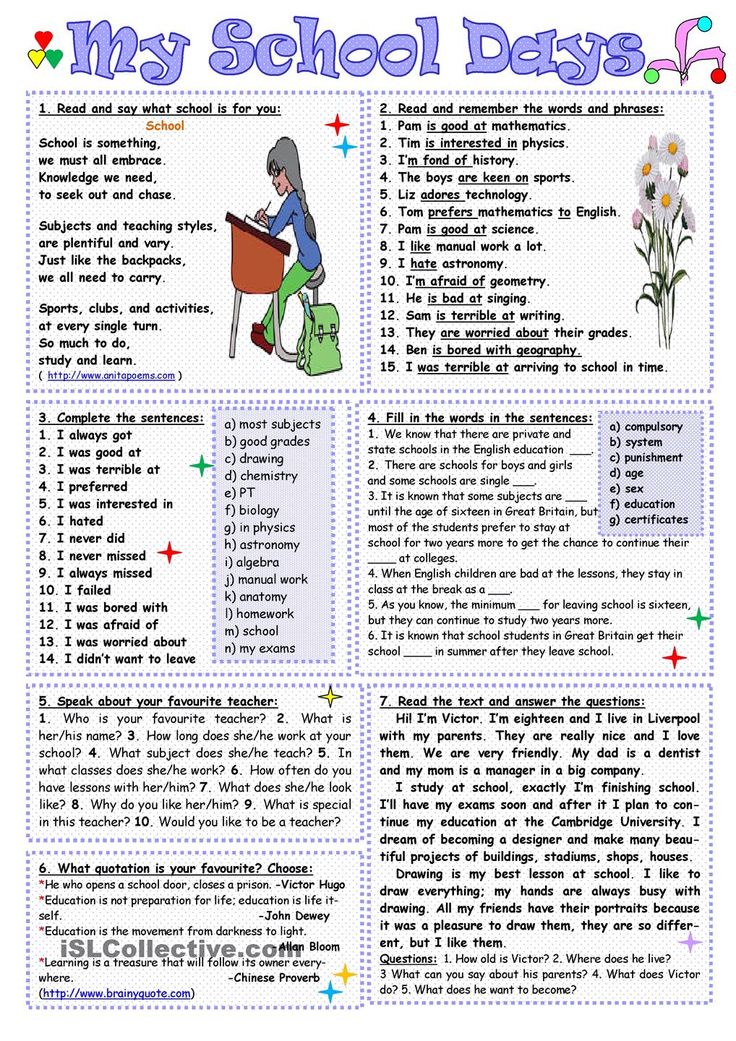 "Which leaves are the same?" "Which leaves are different?" "What else grows on trees?"
"Which leaves are the same?" "Which leaves are different?" "What else grows on trees?" - Ask "what if" questions. "What would happen if we didn't shovel the snow?" "What if that butterfly lands on your nose?"
- Answer your child's endless "why" questions patiently. When you say, "I don't know, let's look it up," you show how important books are as resources for answering questions.
- After your child tells you a story, ask questions so you can understand better. That way children learn how to tell complete stories and know you are interested in what they have to say.
- Expose your child to varied experiences – trips to the library, museum, or zoo; walks in the park; or visits with friends and relatives. Surround these events with lots of comments, questions, and answers.
Talking enables children to expand their vocabulary and understanding of the world. The ability to carry on a conversation is important for reading development. Remember, it is better to talk too much rather than too little with a small child.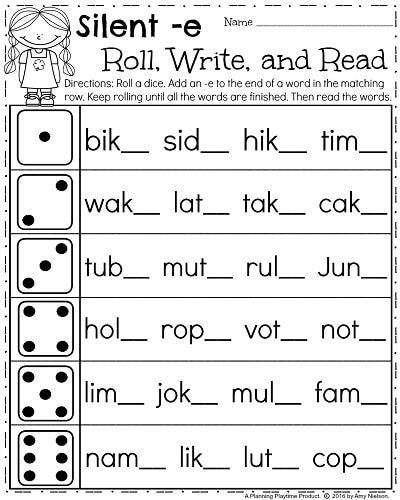
Activity 3: R and R – repetition and rhyme
Repetition makes books predictable, and young readers love knowing what comes next.
What you'll need:
- Books with repeated phrases (Favorites are: Alexander and the Terrible, Horrible, No Good, Very Bad Day by Judith Viorst; Brown Bear, Brown Bear, What Do You See? by Bill Martin, Jr.; Horton Hatches the Egg by Dr. Seuss; and The Little Engine That Could by Watty Piper.
- Short rhyming poems.
What to do:
- Pick a story with repeated phrases or a poem you and your child like. For example, read:
(Wolf voice:) "Little pig, little pig, let me come in."
(Little pig:) "Not by the hair on my chinny-chin-chin."
(Wolf voice:) "Then I'll huff and I'll puff and I'll blow your house in!" - After the wolf has blown down the first pig's house, your child will soon join in with the refrain.
- Read slowly, and with a smile or a nod, let your child know you appreciate his or her participation.
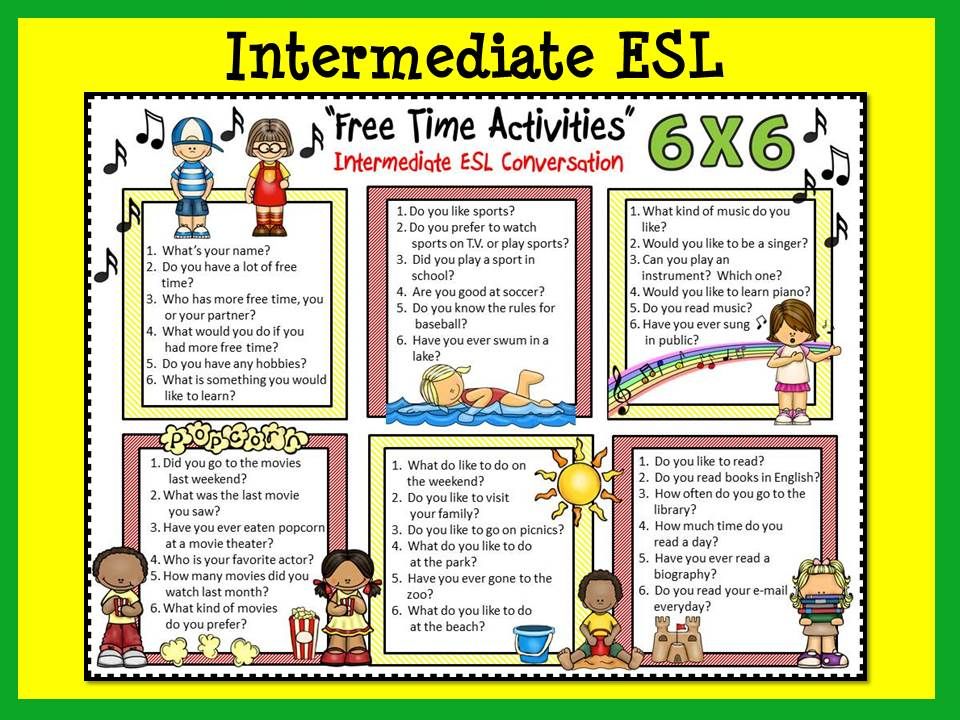
- As the child grows more familiar with the story, pause and give him or her a chance to fill in the blanks and phrases.
- Encourage your child to pretend to read, especially books that contain repetition and rhyme. Most children who enjoy reading will eventually memorize all or parts of a book and imitate your reading. This is a normal part of reading development.
When children anticipate what's coming next in a story or poem, they have a sense of mastery over books. When children feel power, they have the courage to try. Pretending to read is an important step in the process of learning to read.
Activity 4: Poetry in motion
When children "act out" a good poem, they learn to love its rhyme, rhythm, and the pictures it paints with a few well-chosen words. They grow as readers by connecting feelings with the written word.
What you'll need:
Poems that rhyme, tell a story, and/or are written from a child's point of view.
What to do:
- Read a poem slowly to your child, and bring all your dramatic talents to the reading.
 (In other words, "ham it up.")
(In other words, "ham it up.") - If there is a poem your child is particularly fond of, suggest acting out a favorite line. Be sure to award such efforts with delighted enthusiasm.
- Suggest acting out a verse, a stanza, or the entire poem. Ask your child to make a face the way the character in the poem is feeling. Remember that facial expressions bring emotion into the performer's voice.
- Be an enthusiastic audience for your child. Applause is always nice.
- If your child is comfortable with the idea, look for a larger setting with an attentive, appreciative audience. Perhaps an after-dinner "recital" for family members would appeal to your child.
- Mistakes are a fact of life, so ignore them.
Poems are often short with lots of white space on the page. This makes them manageable for new readers and helps to build their confidence.
Activity 5: Story talk
Talking about what you read is another way to help children develop language and thinking skills.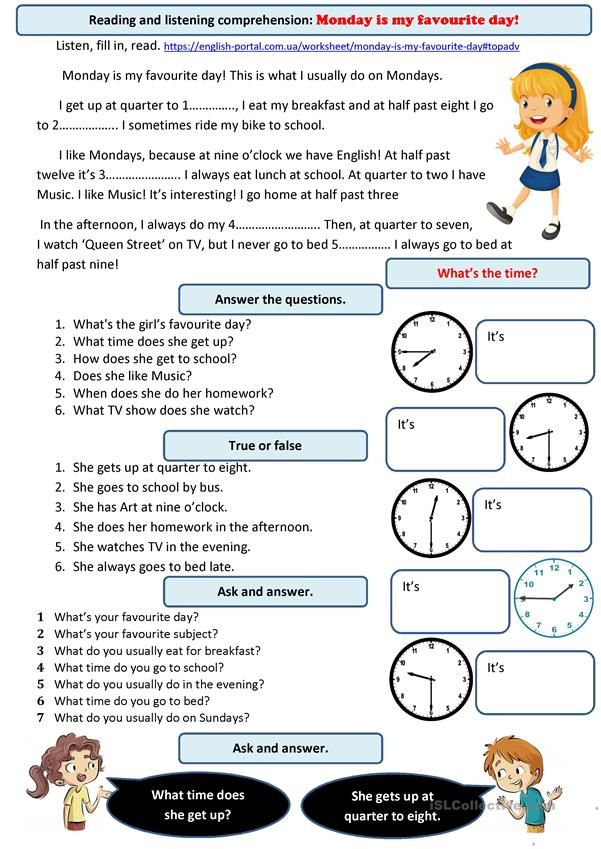 You won't need to plan the talk, discuss every story, or expect an answer.
You won't need to plan the talk, discuss every story, or expect an answer.
What you'll need:
Storybooks
What to do:
- Read slowly and pause occasionally to think aloud about a story. You can say: "I wonder what's going to happen next!" Or ask a question: "Do you know what a palace is?" Or point out: "Look where the little mouse is now."
- Answer your children's questions, and if you think they don't understand something, stop and ask them. Don't worry if you break into the flow of a story to make something clear. But keep the story flowing as smooth as possible.
- Talking about stories they read helps children develop their vocabularies, link stories to everyday life, and use what they know about the world to make sense out of stories.
Activity 6: Now hear this
Children are great mimics. When you tell stories, your child will begin to tell stories, too.
What you'll need:
Your imagination
What to do:
- Have your child tell stories like those you have told.
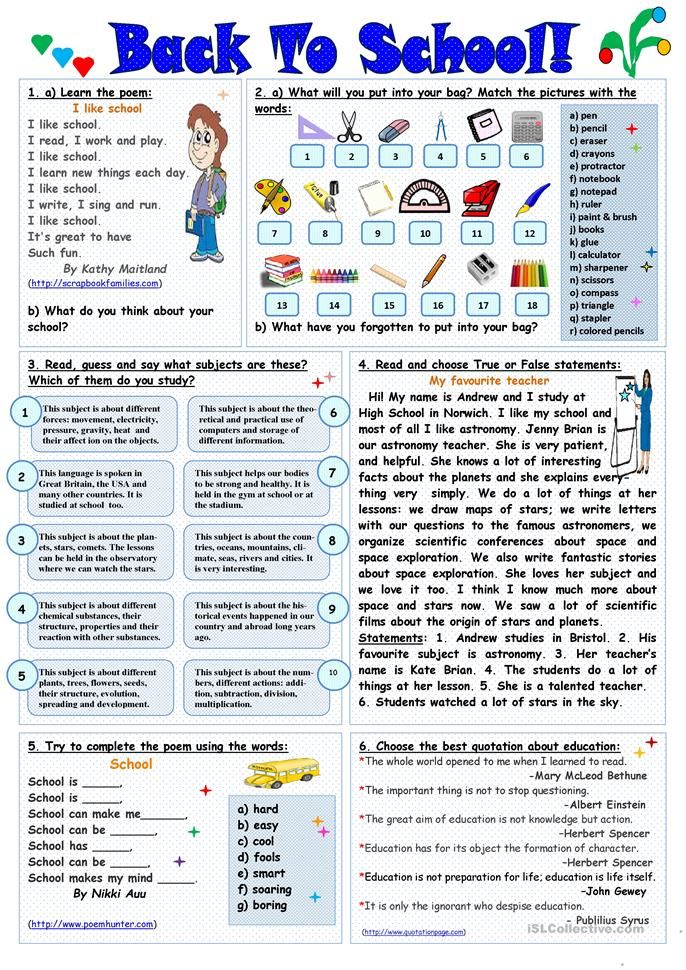 Ask: "And then what happened?" to urge the story along.
Ask: "And then what happened?" to urge the story along. - Listen closely when your child speaks. Be enthusiastic and responsive. Give your child full attention.
- If you don't understand some part of the story, take the time to get your child to explain. This will help your child understand the relationship between a speaker and a listener and an author and a reader.
- Encourage your child to express himself or herself. This will help your child develop a richer vocabulary. It can also help with pronouncing words clearly.
Having a good audience is very helpful for a child to improve language skills, as well as confidence in speaking. Parents can be the best audience a child will ever have.
Activity 7: TV
Television can be a great tool for education. The keys to successful TV viewing are setting limits, making good choices, taking time to watch together, discussing what you view, and encouraging follow-up reading.
What you'll need:
A weekly TV schedule
What to do:
- Limit your child's TV viewing and make your rules and reasons clear.
 Involve your child in choosing which programs to watch. Read the TV schedule together to choose.
Involve your child in choosing which programs to watch. Read the TV schedule together to choose. - Monitor what your child is watching, and whenever possible, watch the programs with your child.
- When you watch programs with your child, discuss what you have seen so your child can better understand the programs.
- Look for programs that will stimulate your child's interests and encourage reading (such as dramatizations of children's literature and programs on wildlife and science.)
Many experts recommend that children watch no more than 10 hours of TV each week. Limiting TV viewing frees up time for reading and writing activities.
It is worth noting that captioned TV shows can be especially helpful for children who are deaf or hard-of-hearing, studying English as a second language, or having difficulty learning to read.
Activities for preschool to grade two: moving into reading
Check out Reading Rockets' new summer website, Start with a Book.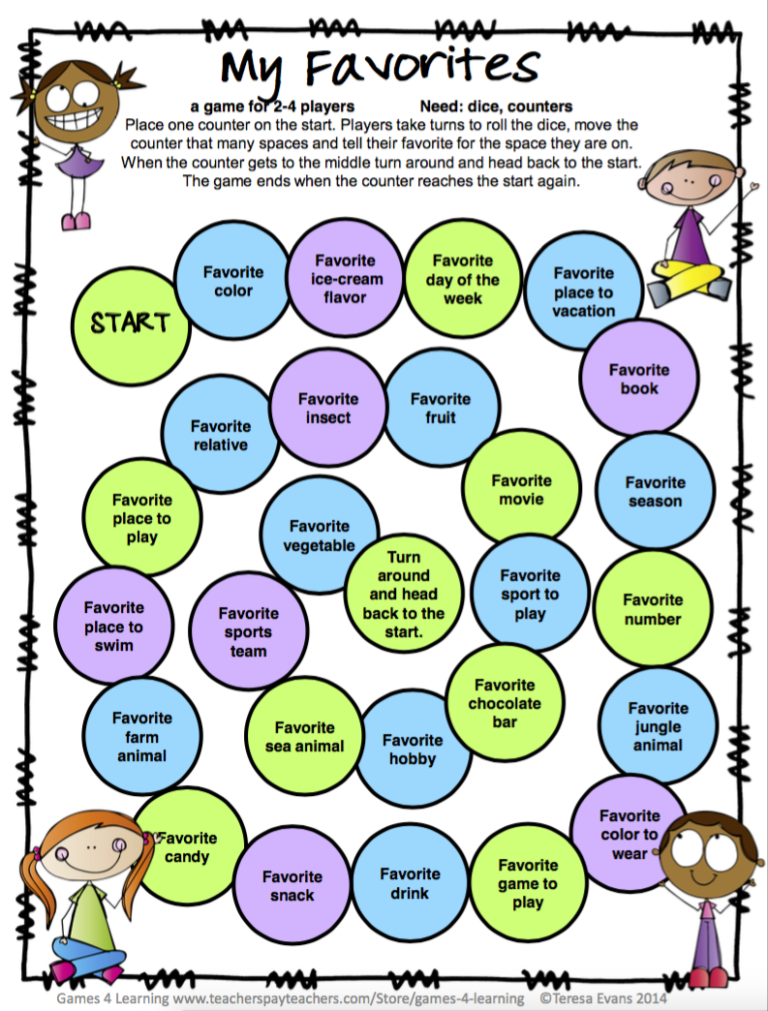 You'll find a treasure trove of themed children's books, parent–child activities, and other great resources for summer learning.
You'll find a treasure trove of themed children's books, parent–child activities, and other great resources for summer learning.
Activity 8: World of words
Here are a few ways to create a home rich in words.
What you'll need:
- Paper
- Pencils, crayons, markers
- Glue
- Newspapers, magazines
- Safety scissors
What to do:
- Hang posters of the alphabet on the bedroom walls or make an alphabet poster with your child. Print the letters in large type. Capital letters are usually easier for young children to learn first.
- Label the things in your child's pictures. If your child draws a picture of a house, label it with "This is a house." and put it on the refrigerator.
- Have your child watch you write when you make a shopping list or a "what to do" list. Say the words aloud and carefully print each letter.
- Let your child make lists, too. Help your child form the letters and spell the words.

- Look at newspapers and magazines with your child. Find an interesting picture and show it to your child as you read the caption aloud.
- Create a scrapbook. Cut out pictures of people and places and label them.
- By exposing your child to words and letters often, your child will begin to recognize the shapes of letters. The world of words will become friendly.
Activity 9: Write on
Writing helps a child become a better reader, and reading helps a child become a better writer.
What you'll need:
- Pencils, crayons, or markers
- Paper or notebook
- Chalkboard and chalk
What to do:
- Ask your child to dictate a story to you. It could include descriptions of your outings and activities, along with mementos such as fall leaves and flowers, birthday cards, and photographs. Older children can do these activities on their own.
- Use a chalkboard or a family message board as an exciting way to involve children in writing with a purpose.

- Keep supplies of paper, pencils, markers, and the like within easy reach.
- Encourage beginning and developing writers to keep journals and write stories. Ask questions that will help children organize the stories, and respond to their questions about letters and spelling. Suggest they share the activity with a smaller brother, sister, or friend.
- Respond to the content of children's writing, and don't be overly concerned with misspellings. Over time you can help your child concentrate on learning to spell correctly.
- When children begin to write, they run the risk of criticism, and it takes courage to continue. Our job as parents is to help children find the courage. We can do it by expressing our appreciation of their efforts.
Activity 10: Look for books
The main thing is to find books you both love. They will shape your child's first impression of the world of reading.
What you'll need:
Good books
What to do:
- Ask friends, neighbors, and teachers to share the titles of their favorite books.

- Visit your local public library, and as early as possible, get your child a library card. Ask the librarian for help in selecting books. Have your child join you in browsing for books and making selections.
- Look for award-winning books. Each year the American Library Association selects children's books for the Caldecott Medal for illustrations and the Newbery Medal for writing.
- Check the book review section of the newspapers and magazines for the recommended new children's books.
- If you and your child don't enjoy reading a particular book, put it aside and pick up another one.
- Keep in mind that your child's reading level and listening level are different. When you read easy books, beginning readers will soon be reading along with you. When you read more advanced books, you instill a love of stories, and you build the motivation that transforms children into lifelong readers.
Activity 11: Read to me
It's important to read to your child, but equally important to listen to them read to you.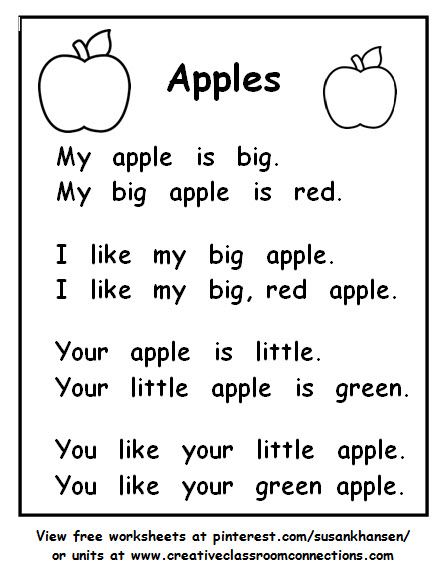 Children thrive on having someone appreciate their developing skills.
Children thrive on having someone appreciate their developing skills.
What you'll need:
Books at your child's reading level
What to do:
- Listen carefully as your child reads.
- Take turns. You read a paragraph and have your child read the next one or you read half the page and your child reads the other half. As your child becomes more at ease with reading aloud, take turns reading a full page. Keep in mind that your child may be focusing more on how to read the words than what they mean, and your reading helps to keep the story alive.
- If your child has trouble reading words, you can help him or her in several ways:
- Ask the child to skip over the word, read the rest of the sentence, and then say what would make sense in the story for the missing word.
- Guide the child to use what he or she knows about letter sounds.
- Supply the correct word.
- Tell your child how proud you are of his or her efforts and skills.
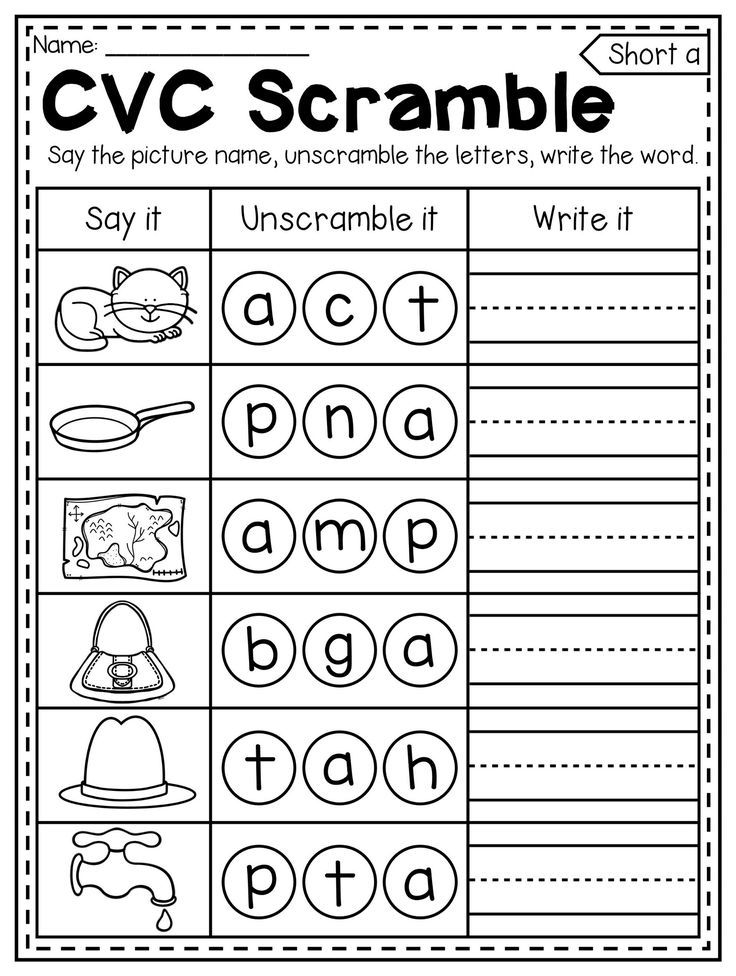
Listening to your child read aloud provides opportunities for you to express appreciation of his or her new skills and for them to practice their reading. Most importantly, this is another way to enjoy reading together.
Activity 12: Family stories
Family stories enrich the relationship between parent and child.
What you'll need:
Time set aside for talking with your child.
What to do:
- Tell your child stories about your parents and grandparents. You might even put these stories in a book and add old family photographs.
- Have your child tell you stories about what happened on special days, such as holidays, birthdays, and family vacations.
- Reminisce about when you were little. Describe things that happened at school involving teachers and subjects you were studying. Talk about your brothers, sisters, or friends.
- Write a trip journal with your child to create a new family story. Recording the day's events and pasting the photographs into the journal ties the family story to a written record.
 You can include everyday trips like going to the market or the park.
You can include everyday trips like going to the market or the park. - It helps for children to know that stories come from real people and are about real events. When children listen to stories, they hear the voice of the storyteller. This helps them hear the words when they learn to read aloud or read silently.
Activity 13: P.S. I love you
Something important happens when children receive and write letters. They realize that the printed word has a purpose.
What you'll need:
- Paper
- Pencil, crayon, or marker
What to do:
Language is speaking listening, reading, and writing. Each element supports and enriches the others. Sending letters will help children become better writers, and writing will make them better readers.
Activities for grades 3–6: encouraging the young reader
Activity 14: Good books make reading fun
Stories for young children should be of all kinds – folktales, funny tales, exciting tales, tales of the wondrous and stories that tell of everyday things.
What you'll need:
A variety of interesting books
What to do:
- An essential step in learning to read is good books read aloud. Parents who read aloud to their children are teaching literacy concepts simply by sharing books. Encourage your children to listen, ponder, make comments, and ask questions.
- Be flexible enough to quickly abandon a book that does not appeal after a reasonable try at reading it. No one is meant to enjoy every book. And no one, especially a child, should be forced to read or listen to books that bore.
- Even after children have outgrown picture books they still enjoy hearing a story read aloud. Hearing a good story read well, especially if it is just a little beyond a child's own capabilities, is an excellent way to encourage independent reading. Not all books are best read aloud; some are better enjoyed silently.
- There are plenty of children's books that are twice as satisfying when they are shared a chapter at a time before bed or during long car rides.
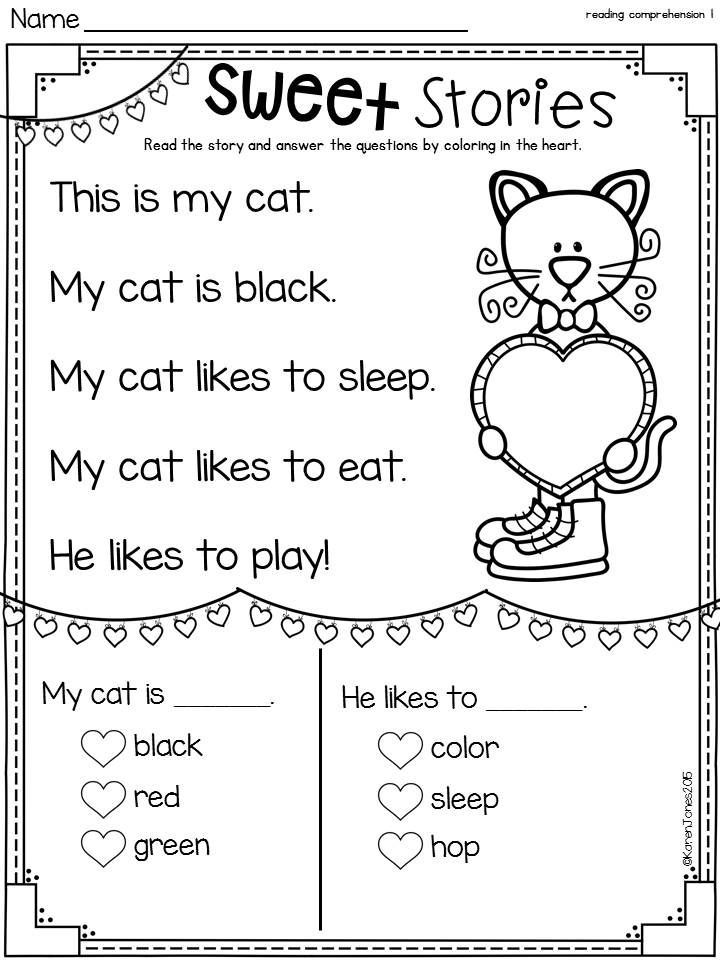 There are some books that children should not miss, books that they will want to hear many times and ultimately read for themselves.
There are some books that children should not miss, books that they will want to hear many times and ultimately read for themselves. - Young children want to read what makes them laugh or cry, shiver and gasp. They must have stories and poems that reflect what they themselves have felt. They need the thrill of imagining, of being for a time in some character's shoes for a spine-tingling adventure. They want to experience the delight and amazement that comes with hearing playful language. For children, reading must be equated with enjoying, imagining, wondering, and reacting with feeling. If not, we should not be surprised if they refuse to read. So let your child sometime choose the story or book that they want you to read to them.
Give your child many opportunities to read and write stories, lists, messages, letters, notes, and postcards to relatives and friends. Since the skills for reading and writing reinforce one another, your child's skills and proficiency in reading and writing will be strengthened if you help your child connect reading to writing and writing to reading.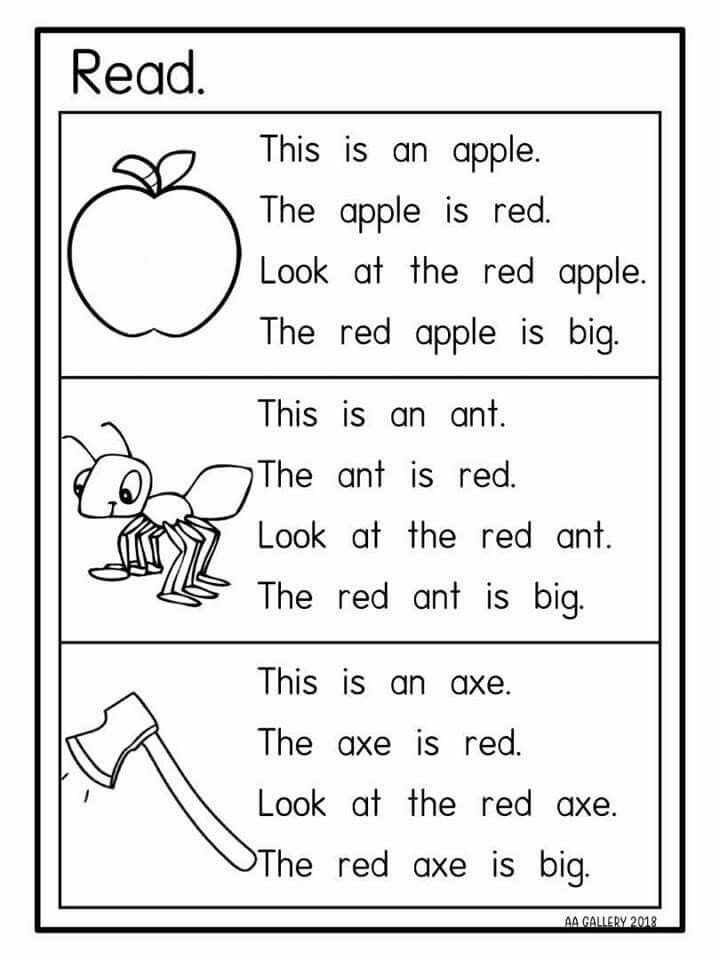
Activity 15: Artful artists
Children love to be creative when it comes to drawing, and illustrations add visual imagery to stories.
What you'll need:
- Drawing paper
- Pens and pencils
- Magic markers or crayons
What to do:
Find a fable, fairy tale, or other short story for your child to read. Then ask your child to illustrate a part of the story he or she likes best or describe a favorite character. Have the child dictate or write a few sentences that tell about this picture.
Activity 16: Shopping your way with words
Use your weekly shopping trip as an opportunity to help your child develop reading and writing skills.
What you'll need:
- Paper and pencils
- Newspaper ads
- Supermarket coupons
What to do:
As you make out your grocery shopping list, give your child a sheet of paper and read the items to him or her. If the child asks for spelling help, write the words correctly for him or her to copy or spell the words aloud as your child writes them.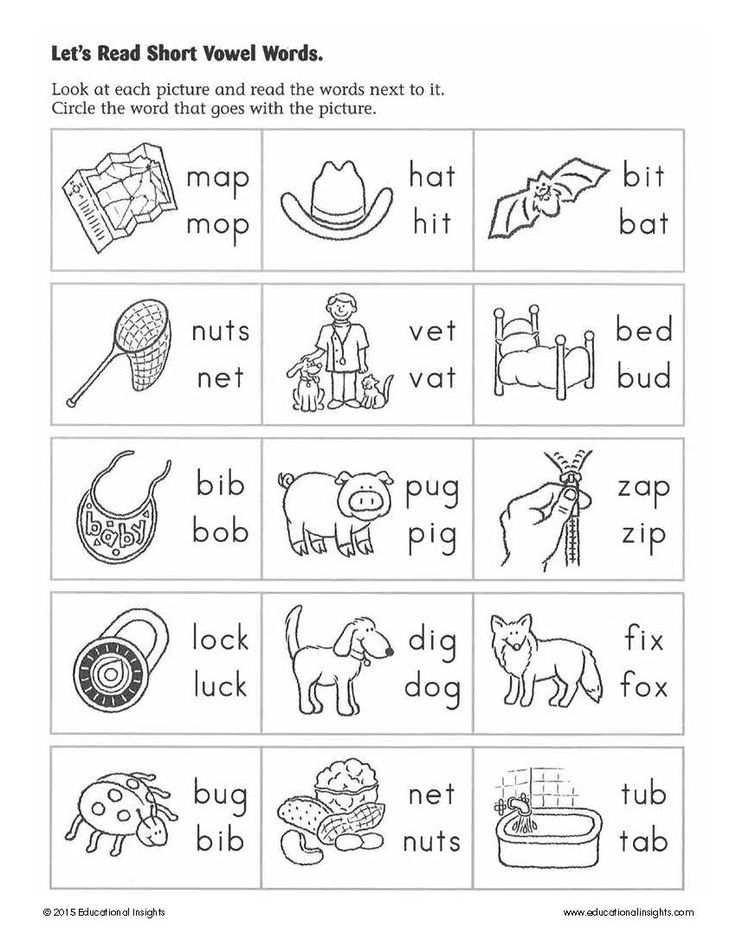
Ask your child to look through the newspaper ads to find the prices of as many items as possible. Your child can write these prices on the list and then look through your coupons to select the ones you can use. Take your child to the supermarket and ask him or her to read each item to you as you shop.
Activity 17: Cookbooking
Cooking is always a delight for children, especially when they can eat the results!
What you'll need:
- Easy-to-read recipes
- Cooking utensils
- Paper and pencils
What to do:
Show your child a recipe and go over it together. Ask your child to read the recipe to you as you work, and tell the child that each step must be done in a special order. Let your child help mix the ingredients. Allow your child to write down other recipes from the cookbook that he or she would like to help make.
Activity 18: Dictionary words
A dictionary is a valuable learning tool, especially if your child makes up his or her own booklet of words that are challenging.
What you'll need:
- Paper and pencils
- A stapler
- Old magazines
- Newspaper and supplements
What to do:
Encourage your child to make a dictionary by putting together several sheets of paper for a booklet. Ask your child to write at the top of each page a new word he or she has recently learned. If the word can be shown in a picture, have him or her look through magazines and newspapers to find pictures that illustrate the words and paste them on the correct pages.
Have your child write the meaning of each word and a sentence using each new word. Your child can then use some or all of these sentences as the basis for a creative story. Have your child read this story to you and other family members.
Activity 19: Journals
Keeping a journal is a way for your child to write down daily events and record his or her thoughts.
What you'll need:
Two notebooks - one for your child and one for you!
What to do:
Help your child start a journal. Say what it is and discuss topics that can be written about, such as making a new friend, an interesting school or home activity just completed, or how your child felt on the first day of school. Encourage your child to come up with other ideas. Keep a journal yourself and compare notes at the end of the week. You and your child each can read aloud parts of your journals that you want to share.
Say what it is and discuss topics that can be written about, such as making a new friend, an interesting school or home activity just completed, or how your child felt on the first day of school. Encourage your child to come up with other ideas. Keep a journal yourself and compare notes at the end of the week. You and your child each can read aloud parts of your journals that you want to share.
Activity 20: Greetings and salutations
Everyone loves to get mail, especially when the card has been personally designed.
What you'll need:
- Paper and pencils
- Crayons and magic markers
- Stamps and envelopes
What to do:
Ask your child to list the birthdays of family members, relatives, and friends. Show your child some store-bought birthday cards with funny, serious, or thought-provoking messages. Your child can then create his or her own birthday card by using a folded piece of paper, making an attractive cover, and writing a short verse inside.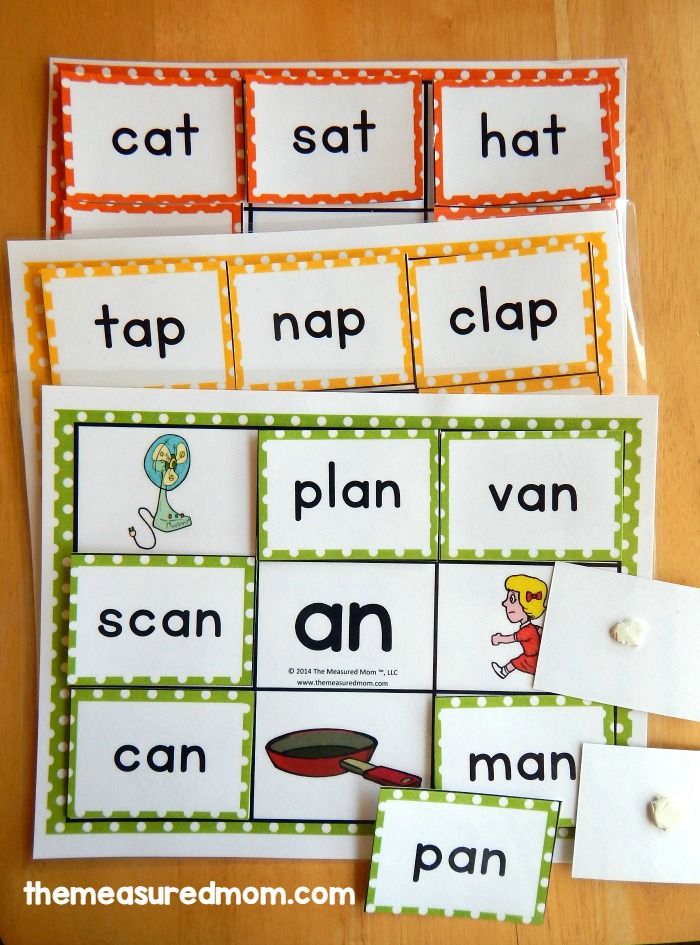 Then your child can mail the cards to friends and relatives for their birthdays.
Then your child can mail the cards to friends and relatives for their birthdays.
Activity 21: Giving the gift of reading
Reading a book is more fun when you have a homemade bookmark to mark your spot.
What you'll need:
- Pieces of lightweight cardboard
- Pens and pencils
- Paper
- Crayons and magic markers
What to do:
Provide your child with a piece of cardboard about 6" long and 2" wide. On one side of the bookmark, have your child draw a picture of a scene from a book he or she has read. On the other side, ask your child to write the name of the book, its author, publisher, publication date, and a few sentences about the book. After making several of these bookmarks, you might ask the child to send them to friends and relatives as gifts accompanied by a short note.
Activity 22: Let your fingers do the walking
The telephone book contains a wealth of information and is a good tool for reading and writing.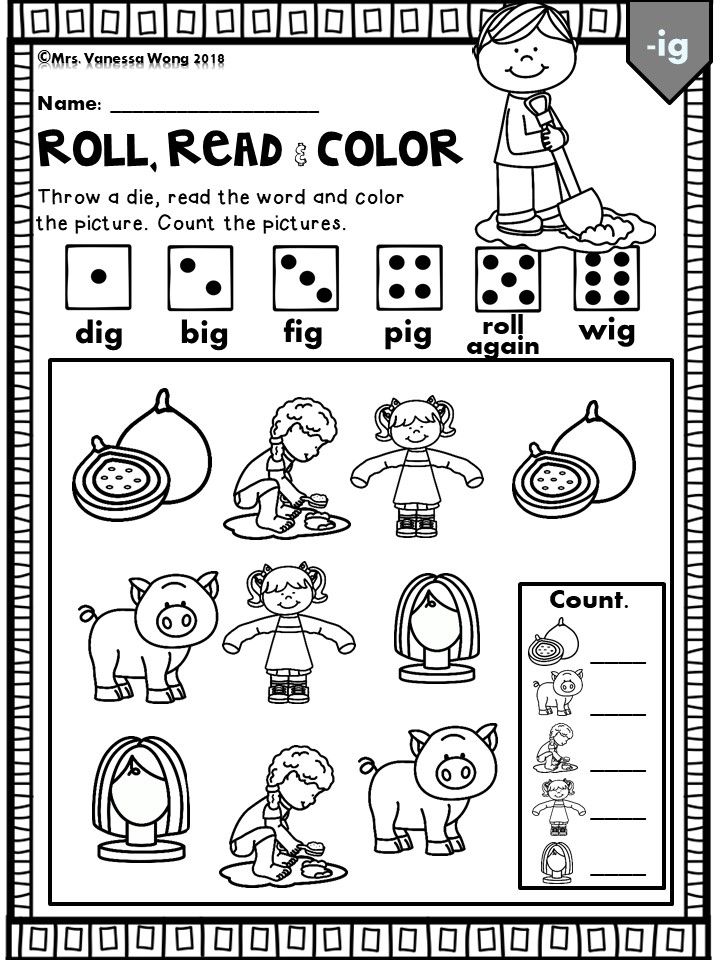
What you'll need:
- A telephone book, including the yellow pages
- Paper and pencils
What to do:
Have your child look through the yellow pages of the telephone directory, select a particular service, and write a clever or funny ad for it. Have your child read this ad to you. Help your child to find your own or a friend's listing in the white pages of the telephone book. Explain the different entries (for example, last name and address), along with the abbreviations commonly used.
Activity 23: Map your way to success
Children love to read road maps and this activity actually helps them with geography.
What you'll need:
- A road map or atlas
- Paper and pencil
- Stamps and envelopes
What to do:
When planning a vacation, let your child see the road map and help you plan where you will drive. Talk about where you will start and where you will end up. Let your child follow the route between these two points.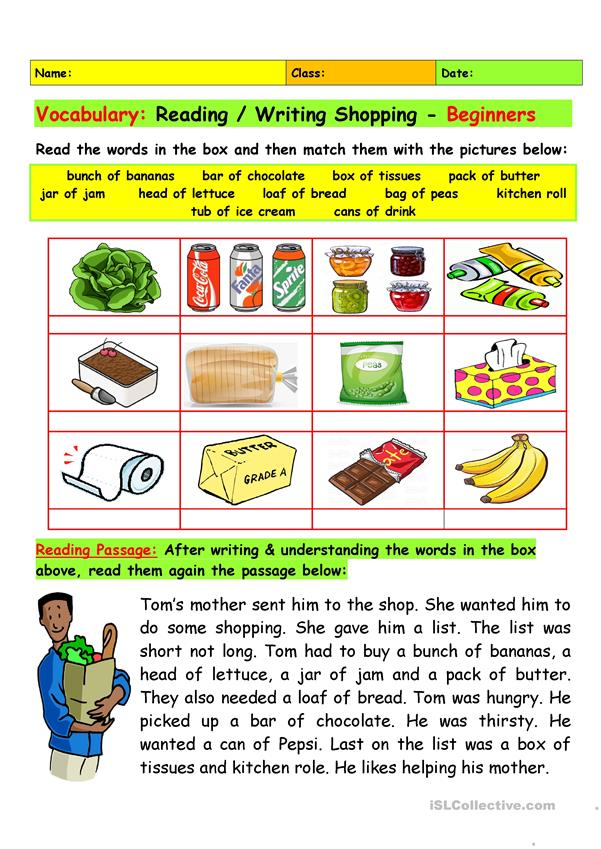 Encourage your child to write to the Chamber of Commerce for brochures about places you will see on your trip.
Encourage your child to write to the Chamber of Commerce for brochures about places you will see on your trip.
Activity 24: What's in the news?
Newspapers are a form of daily communication with the outside world, and provide lots of learning activities for children.
What you'll need:
- Newspapers
- Scissors
- Colored pencils
What to do:
- Clip out an interesting news story and cut the paragraphs apart. Ask your child to read the paragraphs and put them in order.
- Ask your child to read a short editorial printed in your local newspaper and to underline all the facts with a green pencil and all the opinions with an orange pencil.
- Pictures fascinate children of all ages. Clip pictures in the newspaper. Ask your child to tell you about the picture or list adjectives to describe the picture.
- Do you take your child to the movies? Have your child first look up the movie page by using the index in the newspaper.
 After a movie has been chosen, have your child study the picture or text in the ad and tell you what he or she thinks the movie is about.
After a movie has been chosen, have your child study the picture or text in the ad and tell you what he or she thinks the movie is about. - Have your child pick a headline and turn it into a question. Then the child can read the article to see if the question is answered.
- Ask your child to clip food coupons from the newspaper for your grocery shopping trips. First, talk about which products you use and which you do not. Then the child can cut out the right coupons and putt hem into categories such as drinks and breakfast items. You can then cash in the coupons at the store.
- Pick out an interesting article from the newspaper. As you are preparing lunch or dinner, tell your child that you are busy and ask him or her to read the article to you.
- Many newspapers publish materials especially written for children, such as the syndicated "Mini Page," "Pennywhistle Press," and "Dynamite Kids." In addition, some newspapers publish weekly columns for children, as well as tabloids and summer supplements written by educators.
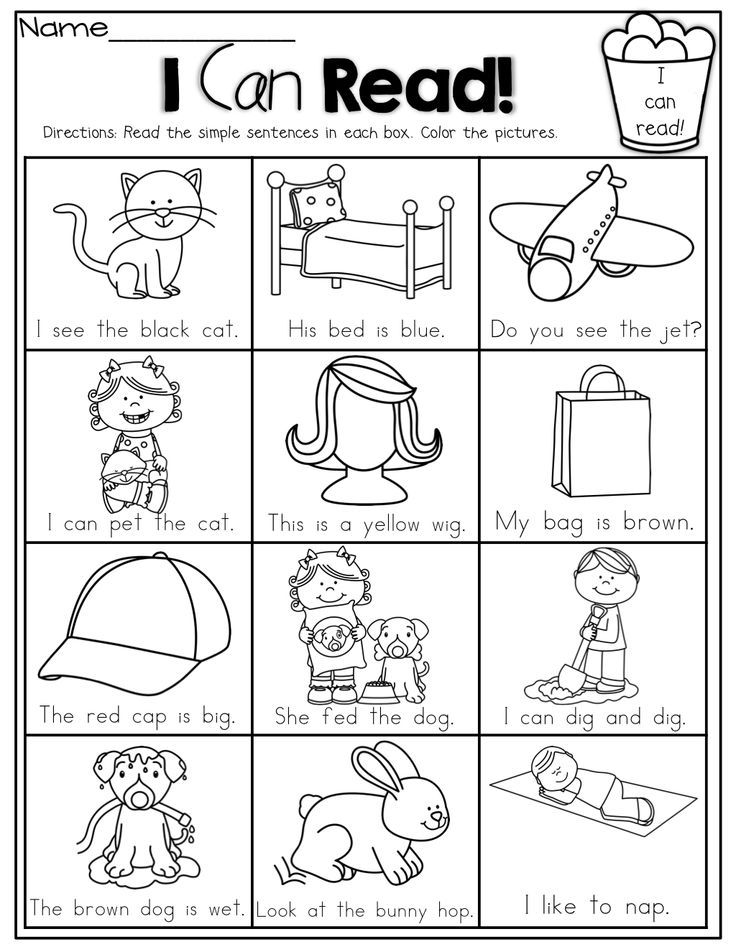
Activity 25: Using television to stimulate reading
What child doesn't enjoy watching TV? Capitalize on this form of entertainment and use TV to help rather than hinder your child's learning.
Some important ideas to consider before turning on the TV: Limit in some way the amount of TV your child watches so as to leave time for reading and other activities. Decide how much time should be set aside for watching TV each day.
Serve as an example by limiting the amount of TV you yourself watch. Have time when the TV set is off and the entire family reads something. You may want to watch TV only for special shows. Before the TV set is turned on, encourage your child to select the programs he or she wishes to watch. Ask your child to give you the reason for the choices made.
In addition, watch some of the same TV programs your child watches. This helps you as a parent share in some of your child's daily activities.
What you'll need:
- A TV
- A TV selection guide
- Colored highlighters
- A calendar page for each month
- Paper and pencils
What to do:
- Ask your child to tell you about favorite TV characters using different kinds of words.

- As your child watches commercials on television, ask him or her to invent a product and write slogans or an ad for it.
- Encourage your child to watch such programs as Reading Rainbow. Urge older children to watch such programs as 60 Minutes and selected documentaries. These programs are informative. Discuss interesting ideas covered in the programs and direct your child to maps, encyclopedias, fiction, or popular children's magazines for more information.
- Have your child name 10 of his or her favorite shows. Ask your child to put them into categories according to the type of show they are, such as family shows, cartoons, situation comedies, sports, science fiction, or news and information. If you find the selection is not varied enough, you might suggest a few others that would broaden experiences.
- Prepare a monthly calendar with symbols such as a picture of the sun to represent an outdoor activity or a picture of a book to represent reading.
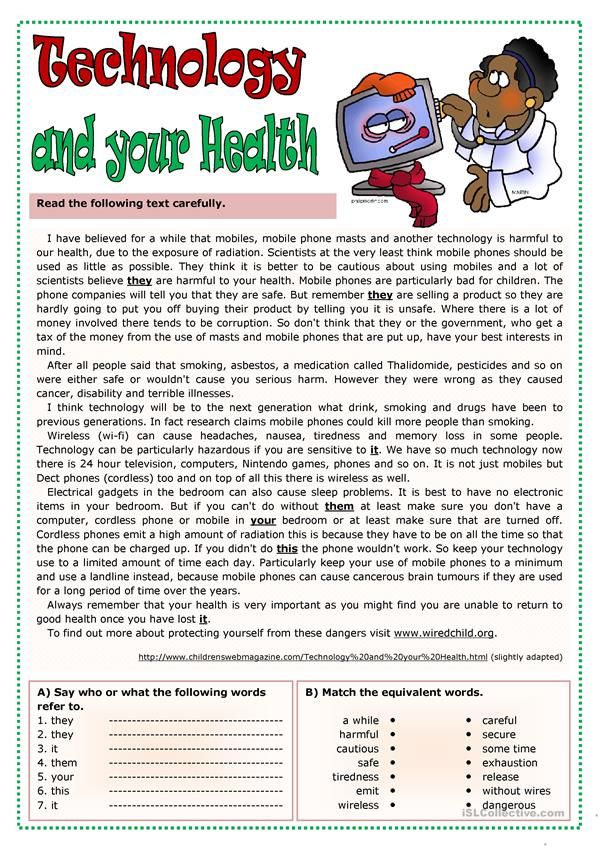 Each time your child engages in a daily free time activity, encourage him or her to paste a symbol on the correct calendar date. This will give you an idea of how your child spends his or her free time. It also encourages a varied schedule.
Each time your child engages in a daily free time activity, encourage him or her to paste a symbol on the correct calendar date. This will give you an idea of how your child spends his or her free time. It also encourages a varied schedule. - Ask each child in your family to pick a different color. Using the TV listing, have each child use this color to circle one TV program that he or she wants to watch each day. Alternate who gets first choice. This serves two purposes. It limits the amount of time watching TV and it encourages discriminating viewing.
- Devise a rating scale from 1 to 5. Ask your child to give a number to a certain TV program and to explain why such a rating was given.
- Have your child keep a weekly TV log and write down five unfamiliar words heard or seen each week. Encourage your child to look up the meanings of these words in the dictionary or talk about them with you.
Teaching Reading - A set of games and tasks to develop reading skills
In the "Teaching Reading" section you will find a lot of interesting educational materials for children of preschool and primary school age.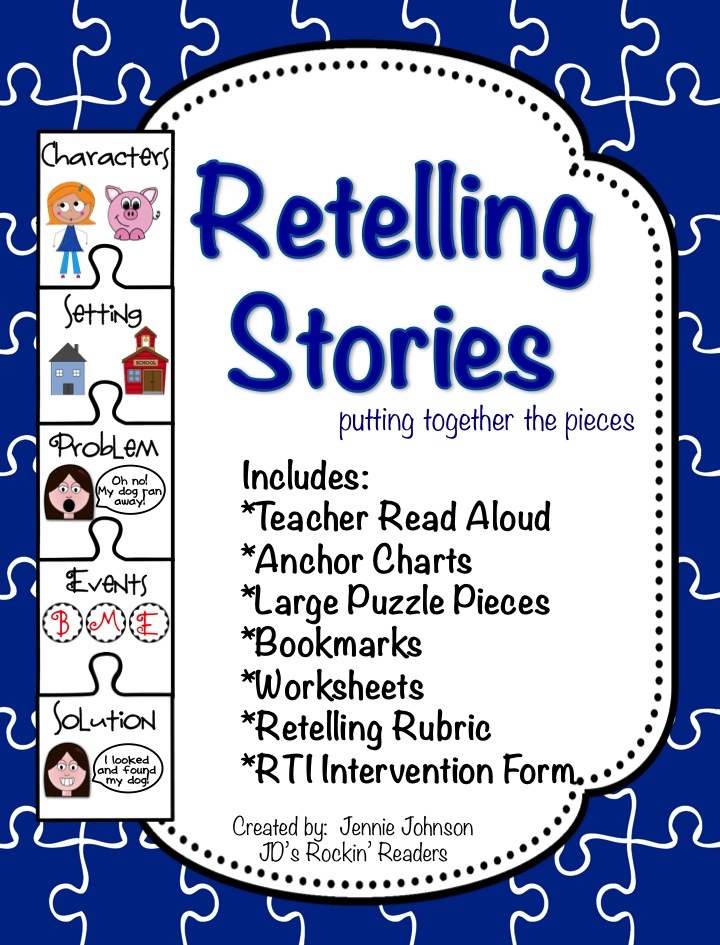 Here are a variety of printable educational materials designed to teach preschoolers to read, as well as to test the child's level of knowledge in the humanities. These tasks are suitable for regular homework with the child, developing his speech and intellectual abilities, as well as fully preparing him for the school curriculum.
Here are a variety of printable educational materials designed to teach preschoolers to read, as well as to test the child's level of knowledge in the humanities. These tasks are suitable for regular homework with the child, developing his speech and intellectual abilities, as well as fully preparing him for the school curriculum.
Also in this section you will find classes to develop reading skills and verbal-logical thinking. This category contains printable tasks that educators can use as didactic material for working with a group of children. Teaching reading to preschoolers is always faster and more effective when it sparks a child's interest. So do not neglect the variety of materials presented to make classes with your child more fun and interesting.
Making a word from letters - Reading task
In this section you will find many tasks, in each of which you need to make a word from letters. In some tasks, you need to compose words from given letters, and in some you need to learn the letters yourself (by the first letter of each word-picture). There are also tasks in which you need to make words from mixed letters or find hidden words.
There are also tasks in which you need to make words from mixed letters or find hidden words.
Stories with pictures instead of words for children
Here you can download short stories for children with pictures instead of words for children of preschool and primary school age. When reading the presented stories, you need to insert the right words instead of pictures. This kind of learning to read is very interesting for children who are learning to read.
Russian alphabet in order for preschoolers
Here we will study the Russian alphabet in order, from the letter A to the letter Z. Two letters are given on each worksheet. Each letter corresponds to several pictures. You need to circle only those picture words that begin with a given letter.
Learning the Russian alphabet
In this section you can download materials that will help you learn the Russian alphabet easily and simply. Here are special tasks for teaching the Russian alphabet, and cards with letters for printing, and much more .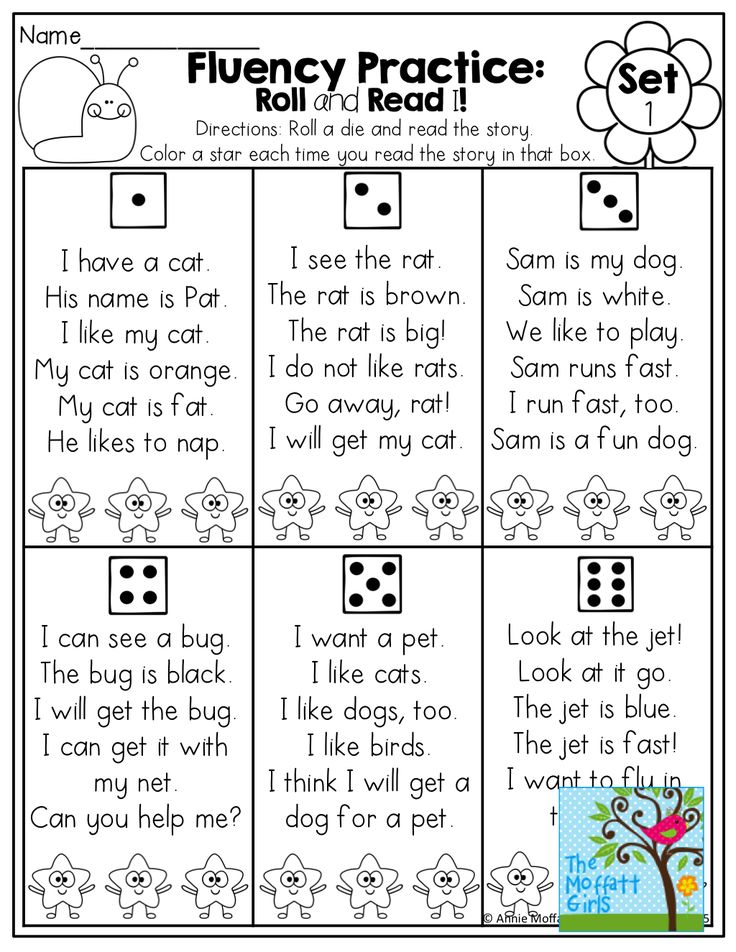 ..
..
Find a word by spelling in a square
In these colorful tasks for learning to read, the child needs, guided by pictures, to find a word by spelling in a special square, where the letters are arranged in a chaotic order. Each search word corresponds to one picture outside the square. The order of letters in words can be horizontal, vertical and diagonal. Here you need not only to be able to read words, but also to be very careful to find them...0008
Read by syllables are activities and printables that teach children how to form words from syllables. Here you can download various tasks, print on a printer and work with your child following the instructions for each task.
Semantic reading - Working with text for children
Here you have to complete tasks for semantic reading. Working with text is a very important stage in teaching children to read. In these tasks, the child will practice finding synonyms and antonyms for words, understand and interpret the meaning and meaning of words and sentences, summarize and name the signs of objects, analyze the read text and answer questions asked about it, learn to compose sentences and stories, write dictations and much more other.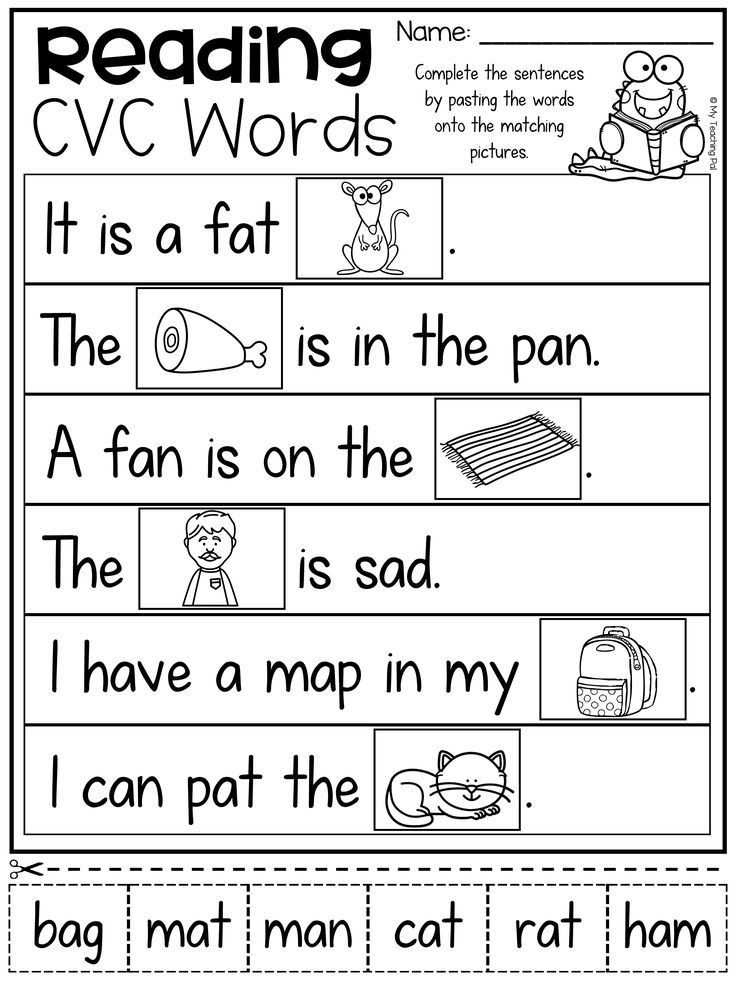 ..
..
Reading for preschoolers
In this section learning to read for preschoolers is presented in the form of interesting game tasks that you need to download and print on your computer. Here the child can train his ability to hear words and find their visual representation on paper, learn tongue twisters and tongue twisters, guess words, recognize words from pictures and much more ...
Make a word from letters
- Main
- Make a word from letters
Download in the attachments at the bottom of the page tasks in pictures for children "Collecting words from given letters", which will be useful to you while teaching your child to read. The kid must correctly collect randomly scattered letters into words and enter them into the cells under the pictures - hints.
Published in Learning to read - A set of games and tasks for the development of reading skills
In this material, you can download assignments for children learning to read: the child needs to collect a word from given letters mixed with each other. To make it a little easier for the baby to cope with the task - on the right side of the page there are pictures - hints.
To make it a little easier for the baby to cope with the task - on the right side of the page there are pictures - hints.
Published in Learning to read - A set of games and tasks for the development of reading skills
In this task, the child needs to make a word from the letters that are located above the animals and enter them in the cells under the pictures. Such activities are good for preschoolers who are learning the alphabet and learning to read. Such materials, among other things, develop the baby's logic and phonetic memory.
Published in Learning to read - A set of games and tasks to develop reading skills
In order to compose words by the first letters of the pictures and unravel the words encrypted in the task, you must first determine the first letter in the picture, and then read the word of the resulting word.
Published in Learning to read - A set of games and tasks for the development of reading skills
Children will have to make a word from letters to find out which holiday is encrypted.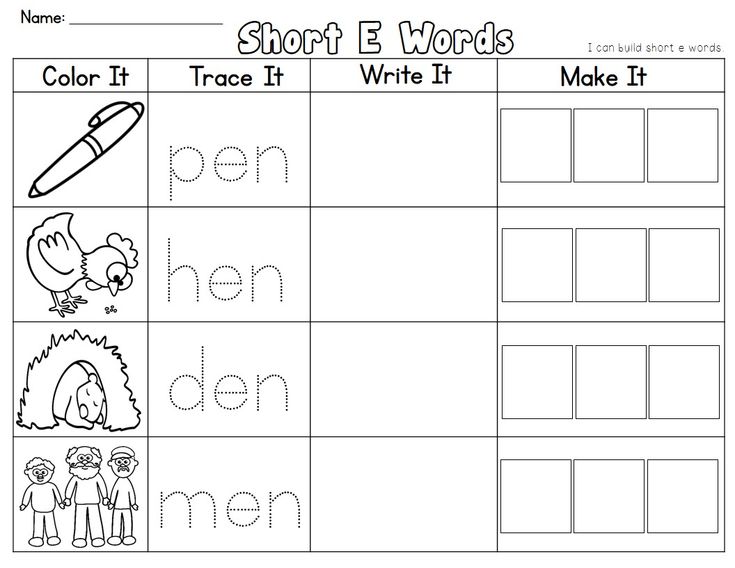 But the letters from which you need to make words - you have to find out for yourself.
But the letters from which you need to make words - you have to find out for yourself.
This task will be especially interesting for the guys on the eve of holidays. In the task, you need to read the words located on each line, according to the first letters of the pictures. If the words are guessed correctly, then the kid will be able to guess which holiday is encrypted on the page. Ask the child a question: does he know what time of the year this celebration is celebrated?
Published in Learning to read - A set of games and tasks for the development of reading skills
You can solve the riddle by the first letters of the pictures if you complete the entire task correctly. This is not difficult to do, because each word is assembled from the capital letters of individual pictures in a line. Expect new tasks!
Published in Learning to read - A set of games and tasks for the development of reading skills
Tasks for children to compose a word from letters.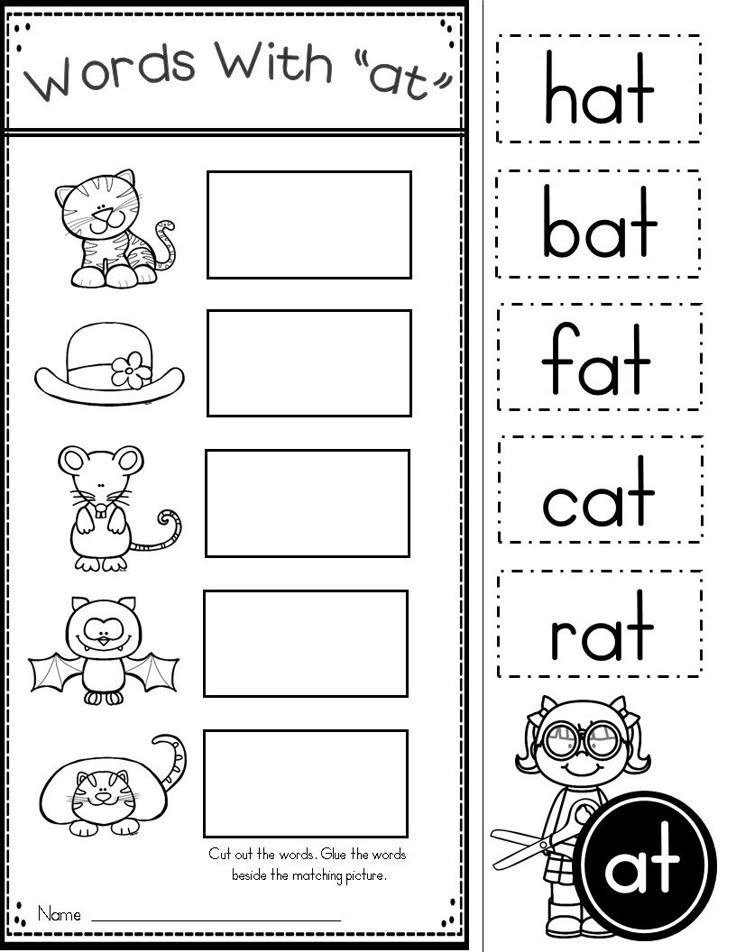 Assignments are very popular with kids who are learning to read. In each separate line above the lines there are pictures, from the first letters of which the child must collect words. Do not be lazy to come up with similar tasks for children on your own: prepare in advance words from pictures that you can draw with your child, and your classes will not turn into forced learning, but additionally into a game, and drawing, and a pleasant pastime with your child.
Assignments are very popular with kids who are learning to read. In each separate line above the lines there are pictures, from the first letters of which the child must collect words. Do not be lazy to come up with similar tasks for children on your own: prepare in advance words from pictures that you can draw with your child, and your classes will not turn into forced learning, but additionally into a game, and drawing, and a pleasant pastime with your child.
Published in Learning to read - A set of games and tasks for the development of reading skills
Reading game collect words from letters - this is a bright guide for children learning to read. The kid must assemble a word from the letters located above the picture in a chaotic manner. The pictures will serve as clues for the child. Download tasks in attachments at the bottom of the page, print pictures on a color printer and work with children!
Published in Learning to read - A set of games and tasks to develop reading skills
The game collect the word from letters - these are activities that are suitable for preschool children, as well as for elementary school students.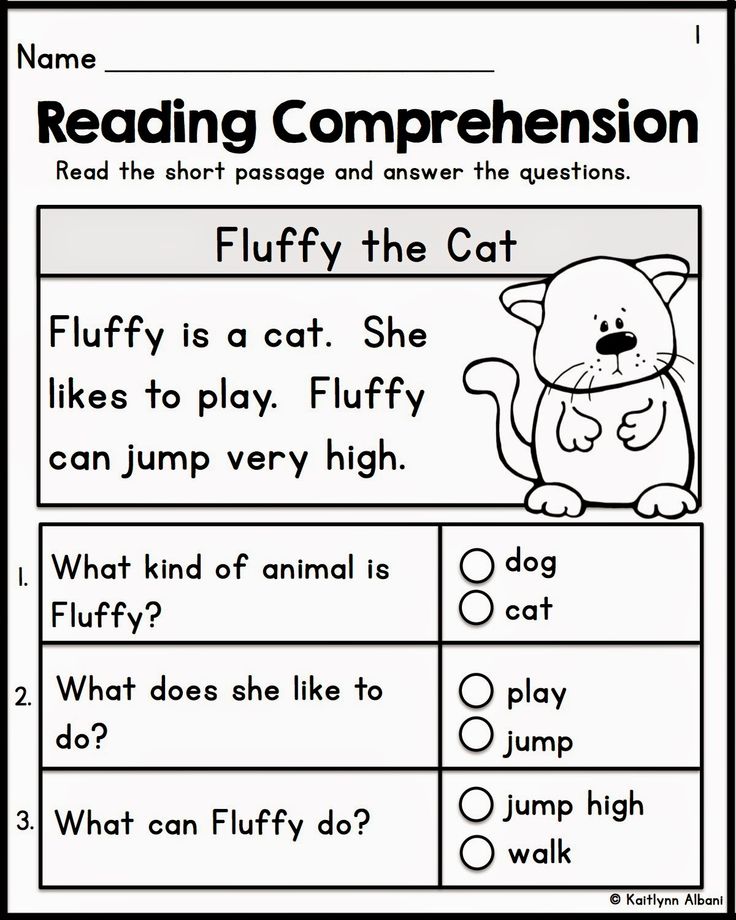 When studying with a child, offer him more of these exercises, because as a result of such activities, your baby will remember all the letters of the alphabet much faster and learn to read.
When studying with a child, offer him more of these exercises, because as a result of such activities, your baby will remember all the letters of the alphabet much faster and learn to read.
Published in Learning to read - A set of games and tasks for the development of reading skills
Learning to read by playing "Make a word from letters" - these are tasks that will be useful for both preschoolers and children in grades 1 and 2. The child in each proposed puzzle must collect a word from the available letters, and the pictures above which the letters are located will become excellent helpers for the baby. If you see that the child is at a loss and cannot put together a word, tell him the first letter, or the first syllable, later, in the process of training, he will independently learn to perform such tasks.
Published in Learning to read - A set of games and tasks for the development of reading skills
Mixed letters - we make words together with children 6-7 years old.

